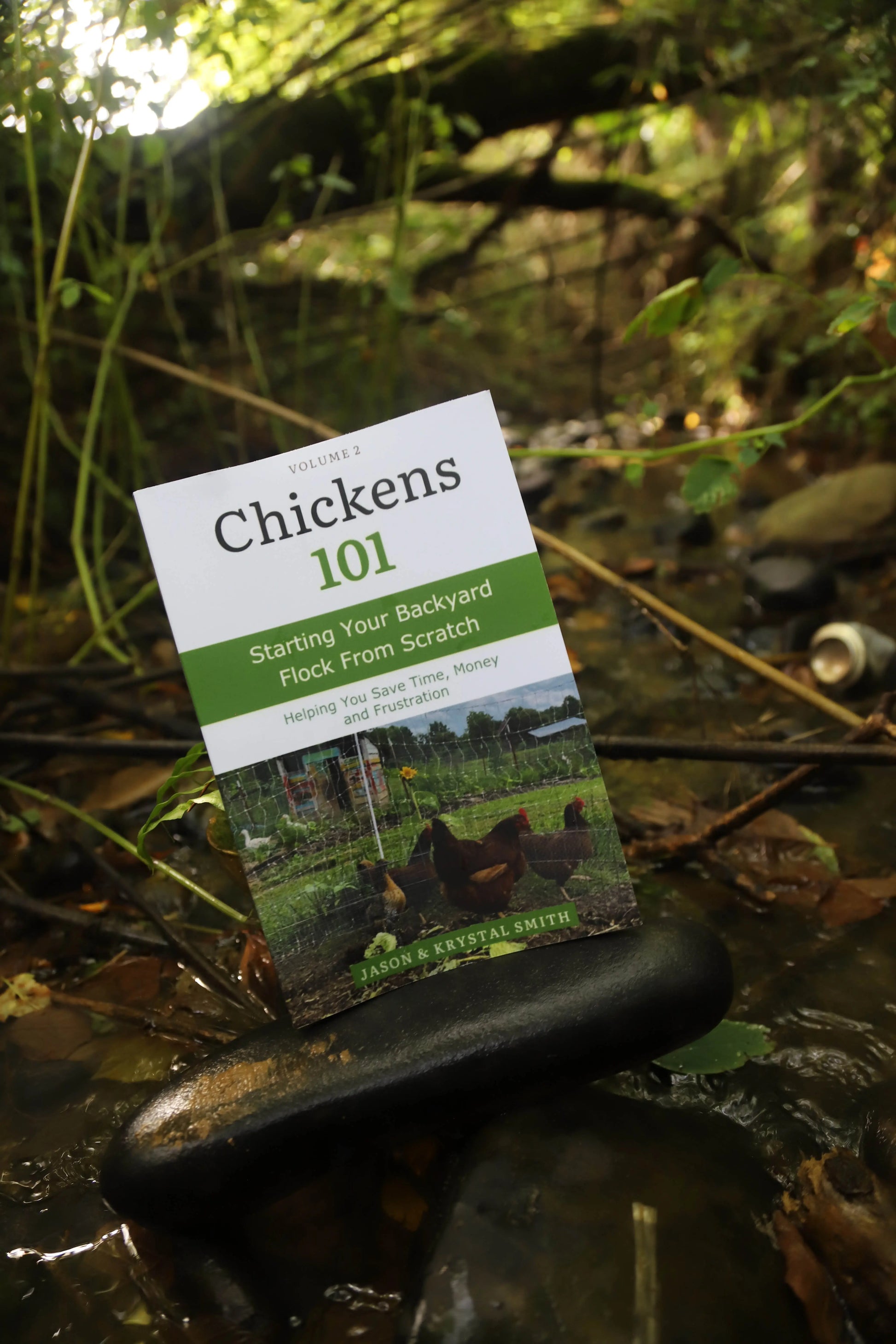
Fall Garden Preparation: Rock-Tober Garden Bed Rest & Soil Health Tips
Share
It is time to rock and roll in the fall garden! Typically, a fall garden conversation is centered around what to plant in the fall months of the year. However, this year we are going to throw a little twist at ya — because after all, we are celebrating Rock-Tober here at In Harmony Farms.
After careful observation, the decision was made to give the earth some rest this year, except for a bed of garlic. But that does not mean there isn’t plenty of work to do in order to do things properly. Putting our beds to rest takes a little bit of effort, but nothing that us rockin’ gardeners can’t handle.
Let’s travel this journey together as we touch on preparing garden beds for winter, the organic amendments we use, and how to tuck your soil in with mulch for a winter of peace and serenity.
Why Fall Garden Preparation Matters

Bed preparation results in a bed that can breathe — one that’s opened up ever so slightly to allow soil amendments into its realm. All beds are always covered up, be it mulch, crops, ground cover, or anything else that tickles the fancy.
As long as the soil is protected from the elements, nature will move in any way it sees fit to protect and serve the soil.
Step One: Clear and Rake the Garden Beds

Before prepping the bed, remove its existing cover. I start out by raking off a thick layer of straw that has not been sprayed. Straw has been my mulch of choice for years and for many reasons. You can read more about mulch on our blog post, Is Mulch Really Important for a Garden?
Here at In Harmony Farms, we established permanent raised beds years ago. Next, I grab a hard rake and pull up fallen soil from the sides into the center of the bed. Then I use the backside (spine) of the hard rake to level it out.
Be sure to pull all the weeds beforehand. I won’t spend too much time here because next we will be broadforking the bed, which may cause some of the sides to fall a bit.
Step Two: No-Till Gardening with a Broadfork
Years ago, I made the decision not to till the earth. The broad fork of choice is the magnificent Meadow Creature. I use the Tall variety due to its 14-inch tines and more digging power for our heavy clay soil here in East Tennessee.
Broadfork the whole bed, only pulling it back until the soil pops. Anything more will disturb the soil too much and put you into the tilling category. This step gives the beds oxygen, relieves compaction, and allows organic soil amendments to penetrate deeper.
Step Three: Gather Organic Amendments
Time to go grocery shopping around the farm for what the soil needs. Every year I collect leaves in the fall and set them aside in a ring made of welded wire fencing until needed. Then I visit the rabbit hutches for manure, grab a bag of Azomite rock dust, and head to the chicken yard for finished compost.
This is regenerative gardening at its best — using what you already have to enrich the land naturally.
Step Four: Add Rabbit Manure, Azomite, and Compost
Start with the rabbit manure. Walk along the length of the bed and sprinkle it as you go. If you don’t have rabbit manure, compost alone works beautifully.
Next, sprinkle the Azomite rock dust. It’s a naturally mined mineral product from a volcanic ash deposit in Utah, containing a wide spectrum of trace minerals and over 70 elements. Azomite improves soil health, enhances plant growth, and increases resilience to pests and stress — all crucial for organic gardening.
After applying, rake in the Azomite and rabbit manure into the top few inches of soil. This blends nutrients evenly and supports overall soil health in your fall garden beds.
Step Five: Top Off with Quality Compost

The most important step is upon us — time to top off our beds with compost. If you can source quality compost in bulk, that’s your best option. Bagged compost is fine in a pinch, but always check for clean ingredients.
Sometimes I mix equal parts compost and peat moss. For filling new raised beds, equal parts compost, peat moss, and perlite make a great blend.
Fill the wheelbarrow, dump several loads along the bed, and rake it level. This ensures your beds will be nutrition-rich and ready for spring planting.

Step Six: Shape, Water, and Mulch the Beds
Shape the bed edges with a flat shovel and tamp them down to square things up. A quick spray of water helps hold everything in place.
Now comes the golden rule: No soil shall be left uncovered! Time to cover your beds generously with mulch — I use straw that hasn’t been sprayed. If you have a hose, wetting the mulch helps prevent it from blowing away.
If you’ve collected fall leaves, even better! Shredded leaves add nutrients, protect the soil, and help build structure. They break down over winter, feeding the soil food web and supporting organic soil health.
Step Seven: Rest, Reflect, and Reap Next Spring
Properly closing your garden in the fall will put you ahead of the game come spring. Your beds will be prepped, nutrient-rich, and weed-free when you pull back the mulch to plant.

This step saves so much time and energy when the busy growing season arrives — I’ll never skip it again.
As always, happy growing and keep on keeping on, friends.







